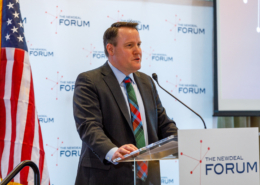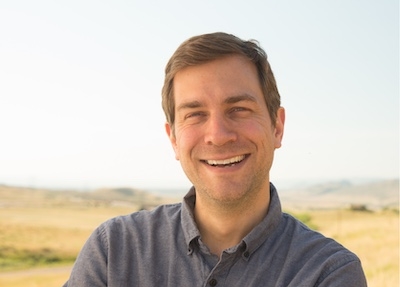Problem
Salt Lake County has seen homelessness expand and, as the opioid epidemic has also grown, the area surrounding our main homeless shelter has been unsafe for the public and for those experiencing homelessness. There were no easy solutions to address the challenges that are complex and diverse. In order to effect the system it required stakeholders from the criminal justice, law enforcement, homeless services, nonprofit, faith, and philanthropic sectors to work in a more sophisticated and organized manner. There is no easy or quick fix and collaboration at the highest level is required to effectuate the changes needed.
Solution
Mayor McAdams convened Salt Lake County's Collective Impact on Homelessness, a coalition of stakeholders from state, county and city government together with over 30 providers of homeless services to reform how services are delivered and better help those experiencing homelessness to overcome crisis and regain a greater degree of self-reliance. By working as a coalition, we have secured financial support from state leaders who are investing unprecedented funding in our efforts to realign the system (includes securing $30 million in state funds to reshape the emergency shelter system), and to provide treatment as well as other stabilizing resources to ensure that homelessness in Salt Lake County is rare, brief and non-recurring. Work has also involved two Pay for Success initiatives launched in early 2017 (Salt Lake County's 'Homes not Jail' effort and REACH initiative to improve outcomes for individuals with moderate to severe substance use disorders), as well as getting to the final stages of negotiating an expansion of Medicaid.


 https://newdealleaders.org/wp-content/uploads/2025/05/Leaders.jpg
1440
2560
Rachel Walsh
http://newdealleaders.org/wp-content/uploads/2019/11/logo-tnd.png
Rachel Walsh2025-05-07 21:02:352025-05-09 21:04:35Annual NewDEAL Forum Ideas Summit in Atlanta
https://newdealleaders.org/wp-content/uploads/2025/05/Leaders.jpg
1440
2560
Rachel Walsh
http://newdealleaders.org/wp-content/uploads/2019/11/logo-tnd.png
Rachel Walsh2025-05-07 21:02:352025-05-09 21:04:35Annual NewDEAL Forum Ideas Summit in Atlanta







